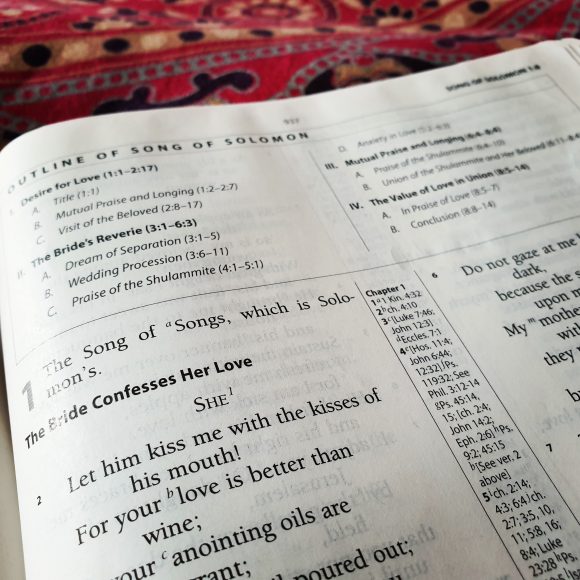The “lectio divina”(Latin) or “sacred reading” is the bread and butter of my time with the Lord. It is the method I use the most. Maybe it is because of its familiarity. Most Christians who are familiar with the Quiet Time would see its resemblance to the four movements of lectio divina. In the past, […]
Song of Songs. That prompting is so slight, so silk, I could have ignored it. But I did not and am thankful for following it. I figured that perhaps it may be the means through which my main prayer for my sabbatical, a deeper love for Jesus, may get answered. I personally find this Old […]
The pastors initiated some pastoral care when we found that a number of men were between jobs. They were mainly professionals in manufacturing, retail, finance and service industries. We formed a WhatsApp chat group with Wai Tuck as a co-ordinator. We called it Men In Transition. We met them for prayer and meditation (lectio divina), […]
